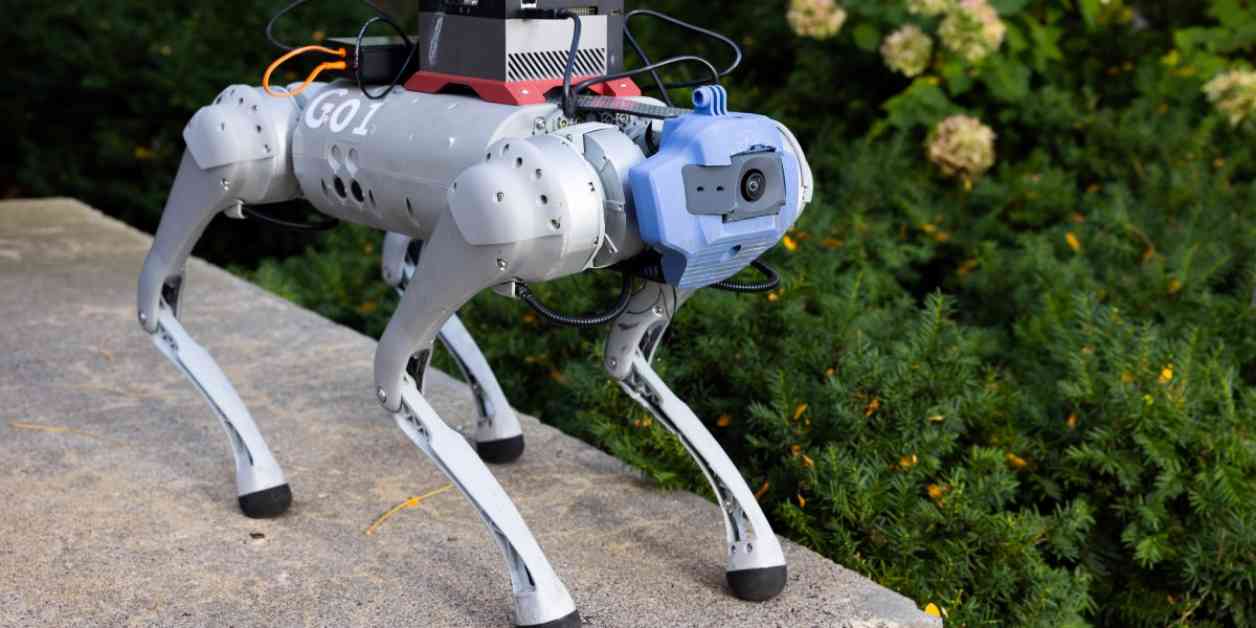Training robots to navigate new environments is a challenging task. Typically, robots are trained using physical, real-world data collected from human recordings, which can be limited and costly. On the other hand, digital simulations offer a more scalable approach to training robots, but they often struggle to perform in the real world after being trained in virtual environments. However, a new system called LucidSim offers a promising solution by combining generative AI models with a physics simulator to create virtual training grounds that closely resemble the physical world.
Researchers utilized LucidSim to train a robot dog in parkour, teaching it to climb stairs and scramble over obstacles without prior exposure to real-world data. The success of this approach highlights the potential of generative AI in enhancing the capabilities of robots when faced with challenging tasks. The research, presented at the Conference on Robot Learning (CoRL), marks a significant advancement in the field of robotics.
The LucidSim system leverages generative AI models to generate visual training data. By using thousands of prompts to generate descriptions of various environments, researchers were able to create realistic conditions for the robot to navigate. These descriptions were then translated into 3D geometry and physics data, allowing the robot to understand the dimensions and layout of the obstacles it needed to overcome.
During testing, the robot trained on LucidSim outperformed those trained on traditional simulations in tasks such as locating objects, climbing over obstacles, and navigating stairs. The results demonstrated a higher success rate and improved performance when using the LucidSim system. Moving forward, researchers aim to enhance LucidSim by incorporating sophisticated generative video models for even more accurate and efficient training.
The innovative approach taken by the researchers has sparked interest in the robotics community, with experts highlighting the potential applications of generative AI in training robots and AI agents. The ability to train robots solely on AI-generated scenarios represents a significant milestone in the field of robotics and artificial intelligence.
Looking ahead, researchers are exploring new challenges, such as training humanoid robots using entirely synthetic data and applying LucidSim to train robotic arms for complex tasks in various industries. The ultimate goal is to create robust and versatile agents that can operate effectively in real-world settings, from cafes to factories.
In conclusion, the development of LucidSim and the successful training of robots using generative AI models represent a groundbreaking advancement in the field of robotics. The potential applications of this technology are vast, ranging from improving the capabilities of robots to training more generalized AI agents for diverse tasks. As researchers continue to refine and expand the capabilities of LucidSim, the future of robotics looks increasingly promising and exciting.
